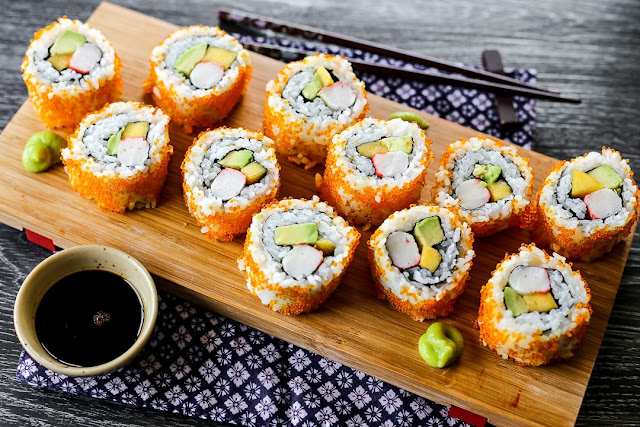Each ethnic minority group has its own festivals, customs, beliefs and farming practice. Tet festival lasts about half a month, during which time many exciting cultural and community activities take place. Following are traditional Tet festival customs of some ethnic minority groups in Vietnam.
Dao ethnic minority
Tet festival of the Dao ethnic minority usually takes place in the first month of the lunar calendar, beginning a new year with good weather and a lush green harvest. This is a nice traditional culture of Dao people.
Before the festival, Dao people usually prepare an altar. The altar is made of four timbers, surrounded with bamboo. Inside the altar are three big round tubes, used as thuribles symbolizing sky, land and people. There is votive paper money in the censers. Space under of the alter is a bundle of sugar-cane to wish for good things.
Cham people
Like other ethnic groups, the Cham ethnic people also celebrate their Tet sumptuously. They kill pigs, poultry and enjoy a variety of fruits and cakes. During the Lunar New Year Festival, the Cham ethnic group has no taboo so their friends and neighbours can share happiness with them easily. During the Tet festival, the Cham ethnic people also organize games such as fan-dancing, gong-beating, singing, drinking and archery.
Tay ethnic minority
The Tet festival of Tay ethnic people starts on the 30th of the last lunar month to the morning of the third day of the New Year. On the seventh day of the Lunar New Year, they go to work in field, but only as a formality. On the 15th day of the first lunar month, they celebrate Tet festival again.
Different from Thai ethnic people, Tay ethnic minority’s taboo is that a person who is not invited to come their home on the first day of the Lunar New Year. The first caller on New Year’s Day chosen is a virtuous person or a person well respected in the hamlet, and they especially refrain anyone in mourning. On the first day of the Lunar New Year, Tay ethnic men usually go to their parents-in-law to wish a Happy New Year and the third day of the New Year to wish magician.
Co Tu ethnic people
On the Lunar New Year festival of the Co Tu people, the crossbows, spears, broadsword, cymbal, drums and gongs are carefully cleaned. Many cultural activities take place in Guol house (communal house) such as telling stories, dancing, singing folk songs. Co Tu girls have chance to exchange feelings and invite others to go out for a month-long.
H're ethnic minority
The Tet festival of the Hre ethnic group, who live in Quang Ngai province, lasts for several months. Each family must make large quantities of Tet (cylindrical glutinous rice) cake, can wine and slaughter a buffalo to make a feast for guests, relatives and neighbours.
To celebrate Tet, all the villagers gather at the house of the village chief to enjoy the banquet and offer him their best wishes. Afterwards, they visit each other’s houses in the hamlet. During Tet, the locals enjoy good foods and drinks while dancing and singing. The Hre have their own unique way of counting their age. Each year, when local people make Tet cake or serve guests during Tet, they wrap a plain cake without stuffing and have it as their individual portion.
San Chi (Cao Lan) ethnic minority
When spring comes, the ethnic San Chi people start preparing for Tet. They make traditional food to offer to their ancestors during the holiday. Like other ethnic groups, San Chi people also erect Neu poles from Vau trees, symbols of spring,to pray for peace and prosperity. High Neu poles, they believe, will bring good business. Any house without a pole is not considered to be really celebrating Tet.
Before lowering the Neu poles, the San Chi ethnic group select an auspicious direction to pray for support from the spirits.
Source Vietnam CultureInformation

















